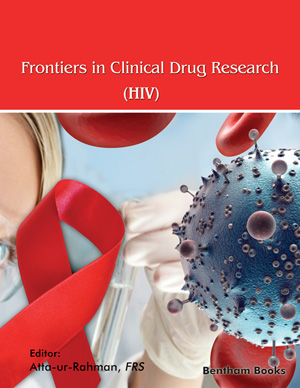Abstract
Antiretroviral therapy (ART) is the leading therapeutic strategy for the suppression of HIV-1 (HIV) replication. However, ART is a life-long treatment with no effective sterilizing or functional cure of HIV. The main challenge with ART is its inability to eradicate HIV residing in the long-lived resting CD4+ T cells, otherwise known as the main latent HIV cellular reservoirs. HIV reservoirs are commonly found in various areas of the body: brain, liver, placenta, skin, GALT, and lymphoid tissues. Withdrawal of ART leads to the rapid rebound of viremia or progress into AIDS without re-treatment. Current clinical approaches such as “shock and kill,” “block and lock,” and gene editing exploit the molecular pathways of HIV latency for eradication or permanent suppression of the latent reservoirs. Novel pre-clinical or clinical approaches must take several limitations into consideration: dose-limiting toxicity, potency, and specificity. These limitations are the barriers to reservoir clearance. The “shock and kill” method employs latency reversal agents (LRAs), including histone deacetylase inhibitors (vorinostat, romidepsin, and panobinostat), PKC agonists (bryostatin-1, prostratin, ingenol, or Kansui), SMAC mimetics, STImulator of INterferon Gene (STING) agonists, and TLR agonists, for the disruption of HIV latency and subsequent eradication of latently infected cells. This is followed by immune clearance, including broadly neutralizing antibodies (bnAbs), therapeutic vaccines, or the use of immune checkpoint inhibitors (ICPi). LRAs have exhibited the ability to increase transcription. However, of the recognized LRAs, none have singlehandedly reduced the reservoir, which underscores a potential need for combinational strategies. While some of these interventions have entered trials, repurposing our efforts towards a functional cure of HIV may also be productive. The “block and lock” method seeks permanent silencing of HIV transcriptional machinery through targets such as HIV protein Tat to possibly achieve remodeling of the epigenetic landscape at HIV LTR. Here, we review therapeutic interventions that have entered preclinical and pilot clinical trials and highlight their cure potentials and associated limitations. Prospective directions will be discussed for the development of these new therapeutics into drugs for the cure of HIV.
Keywords: Deep latency, Epigenetics, HIV latency, HIV reservoir, Shock and kill.






















